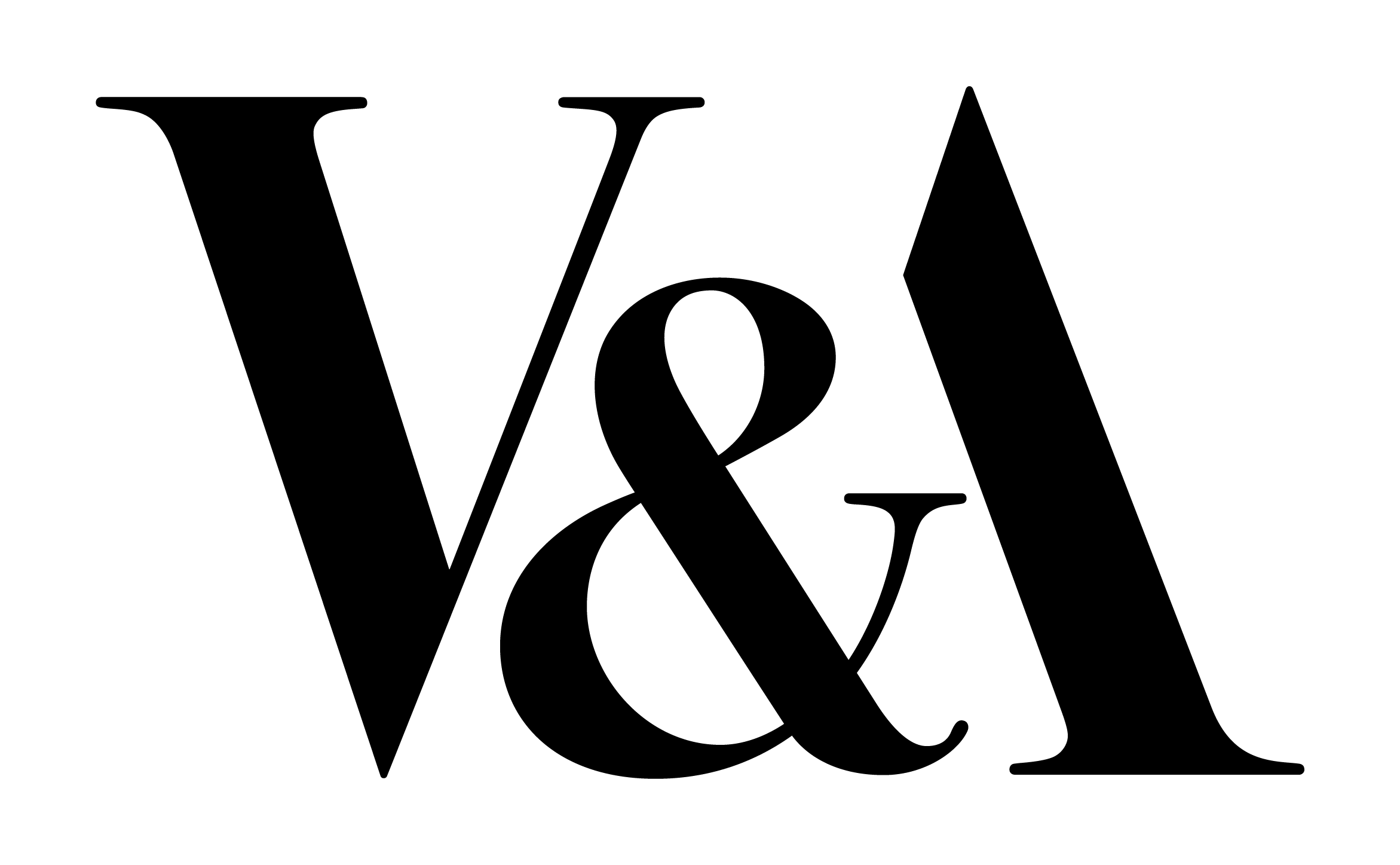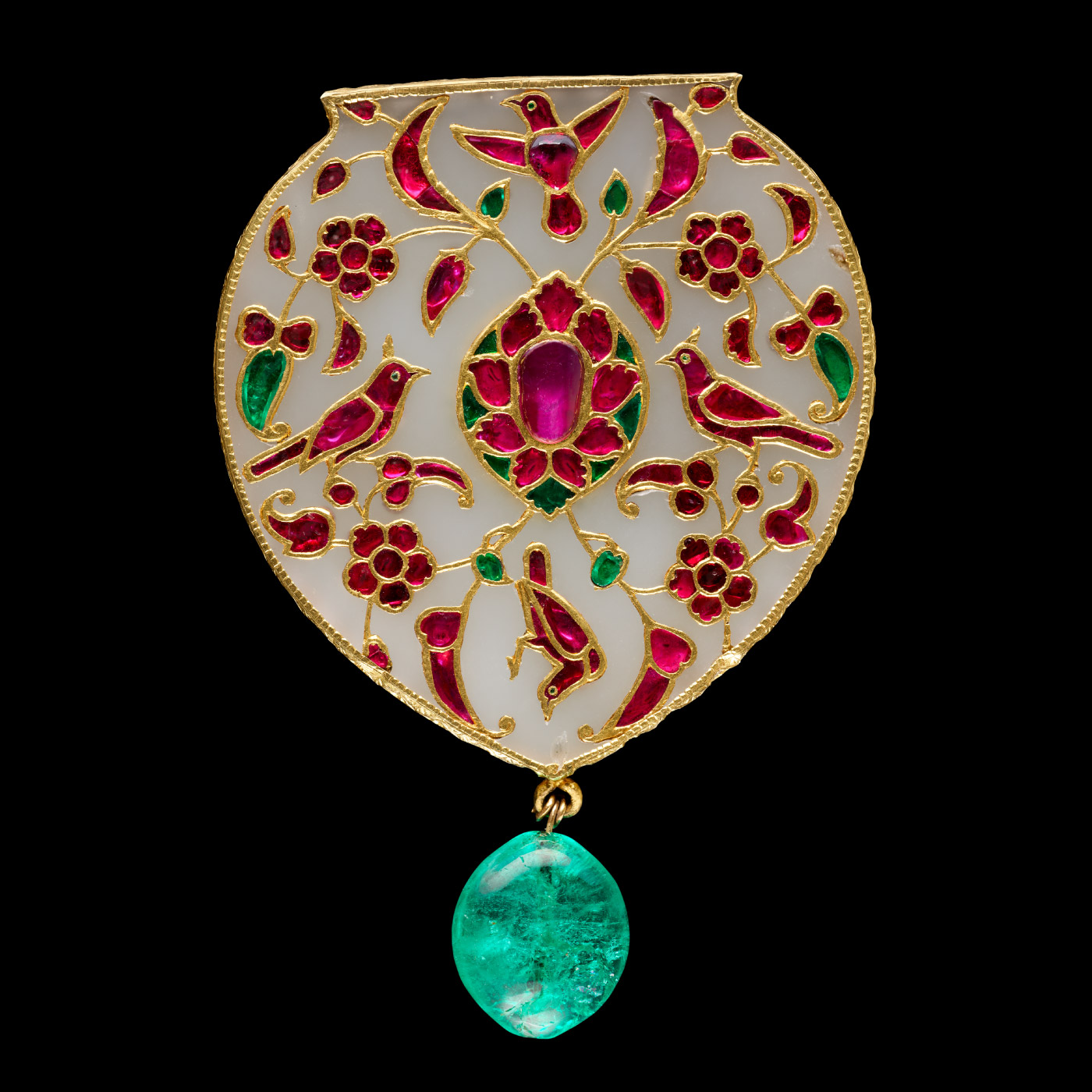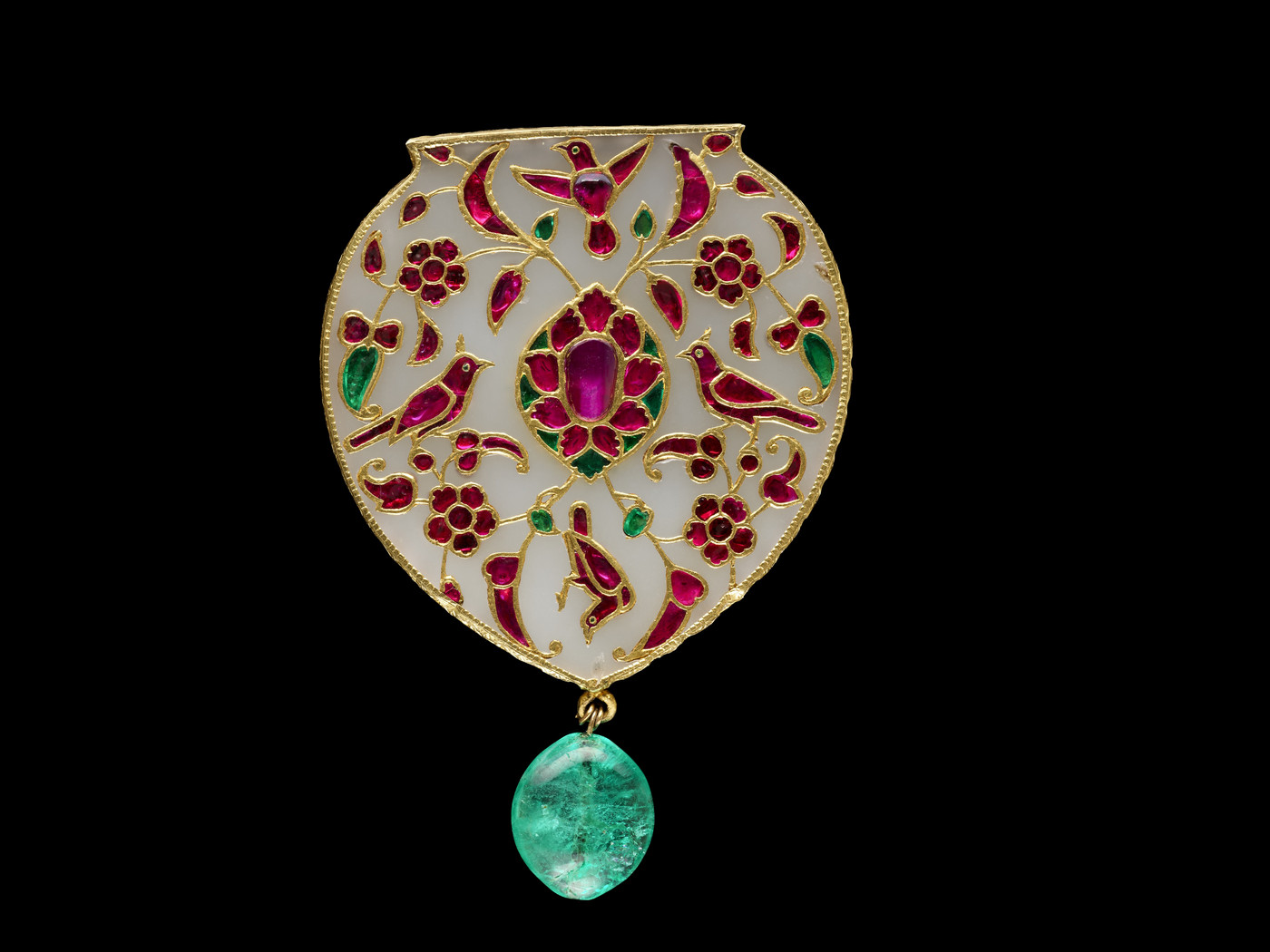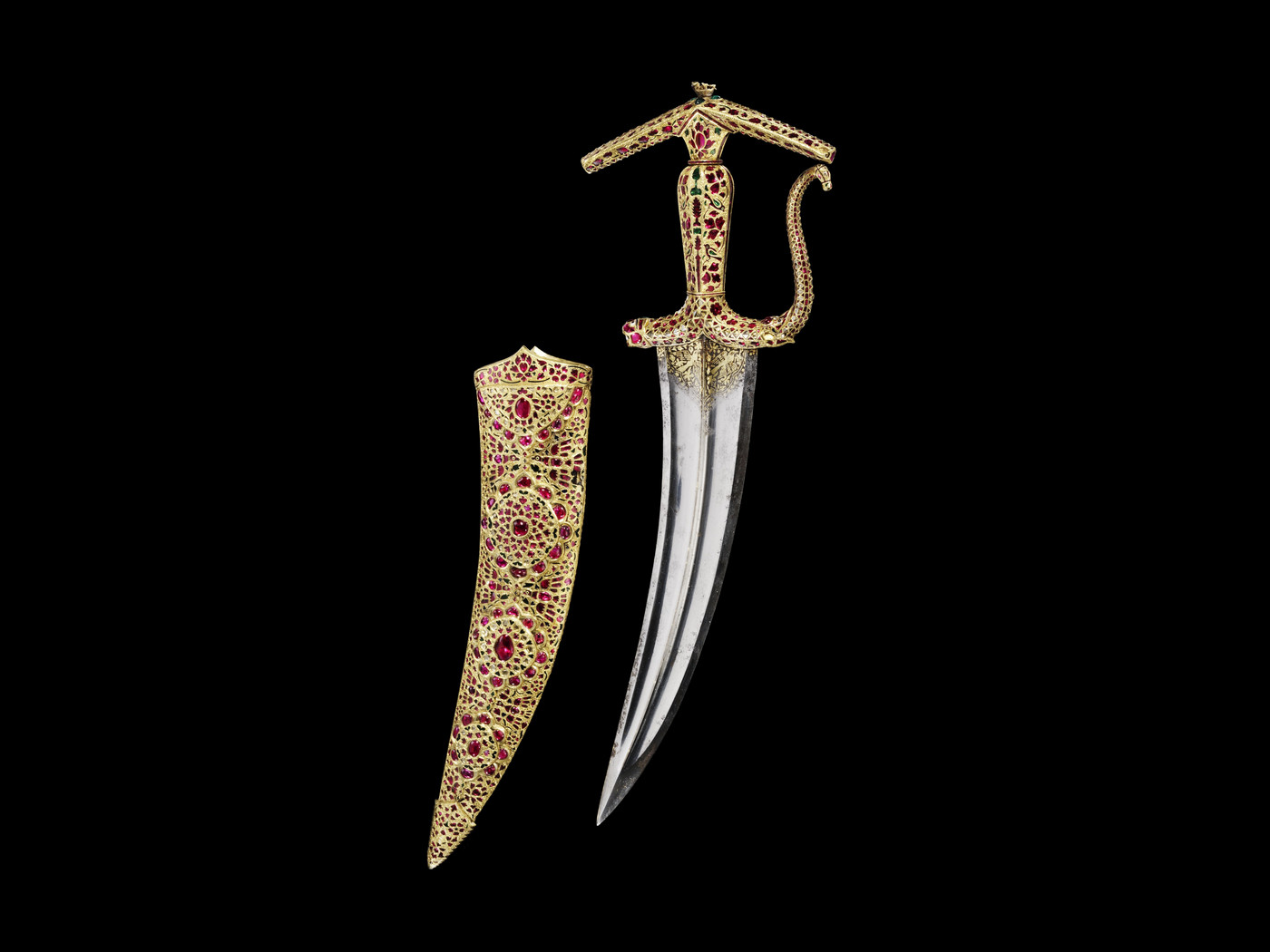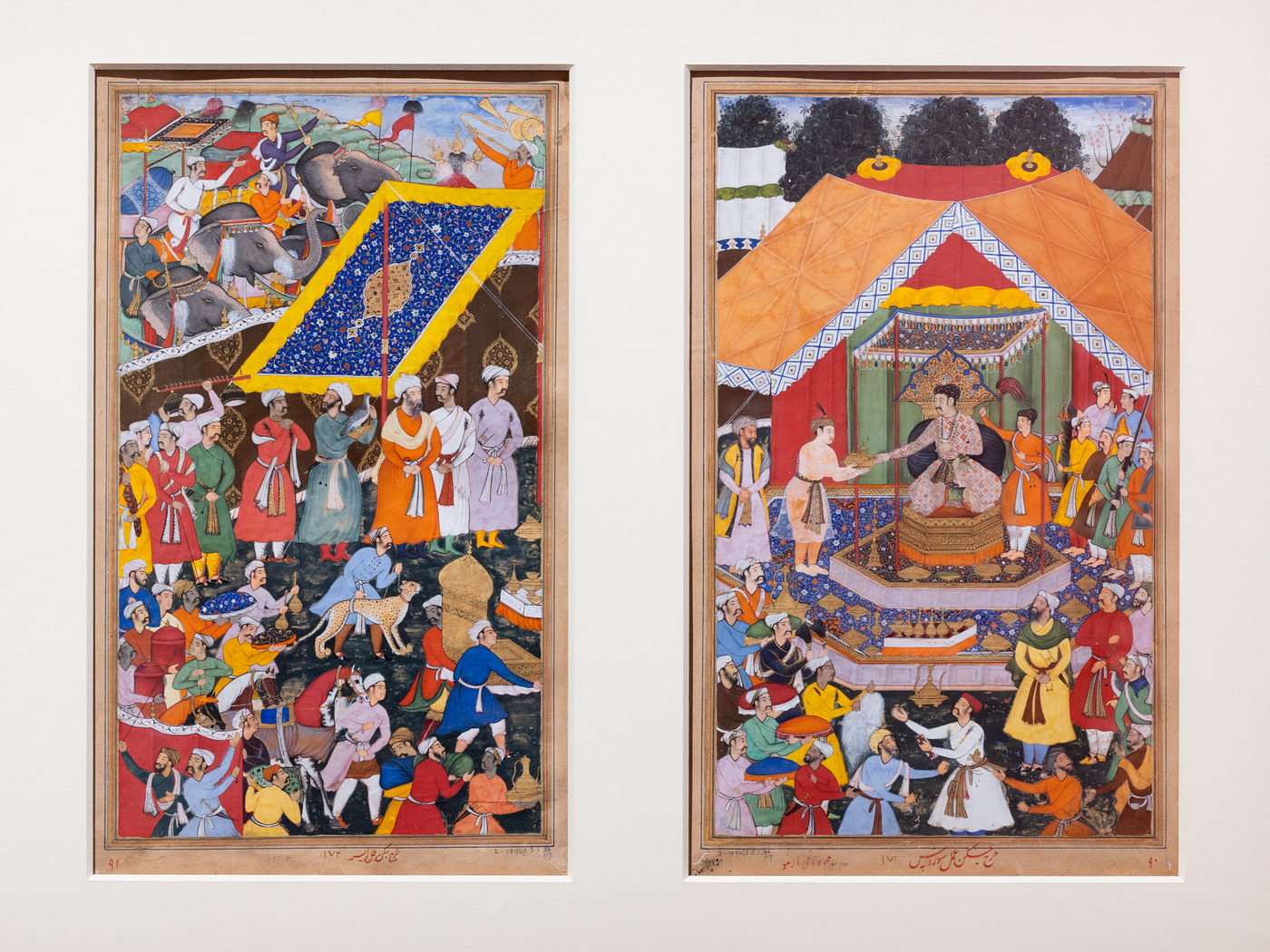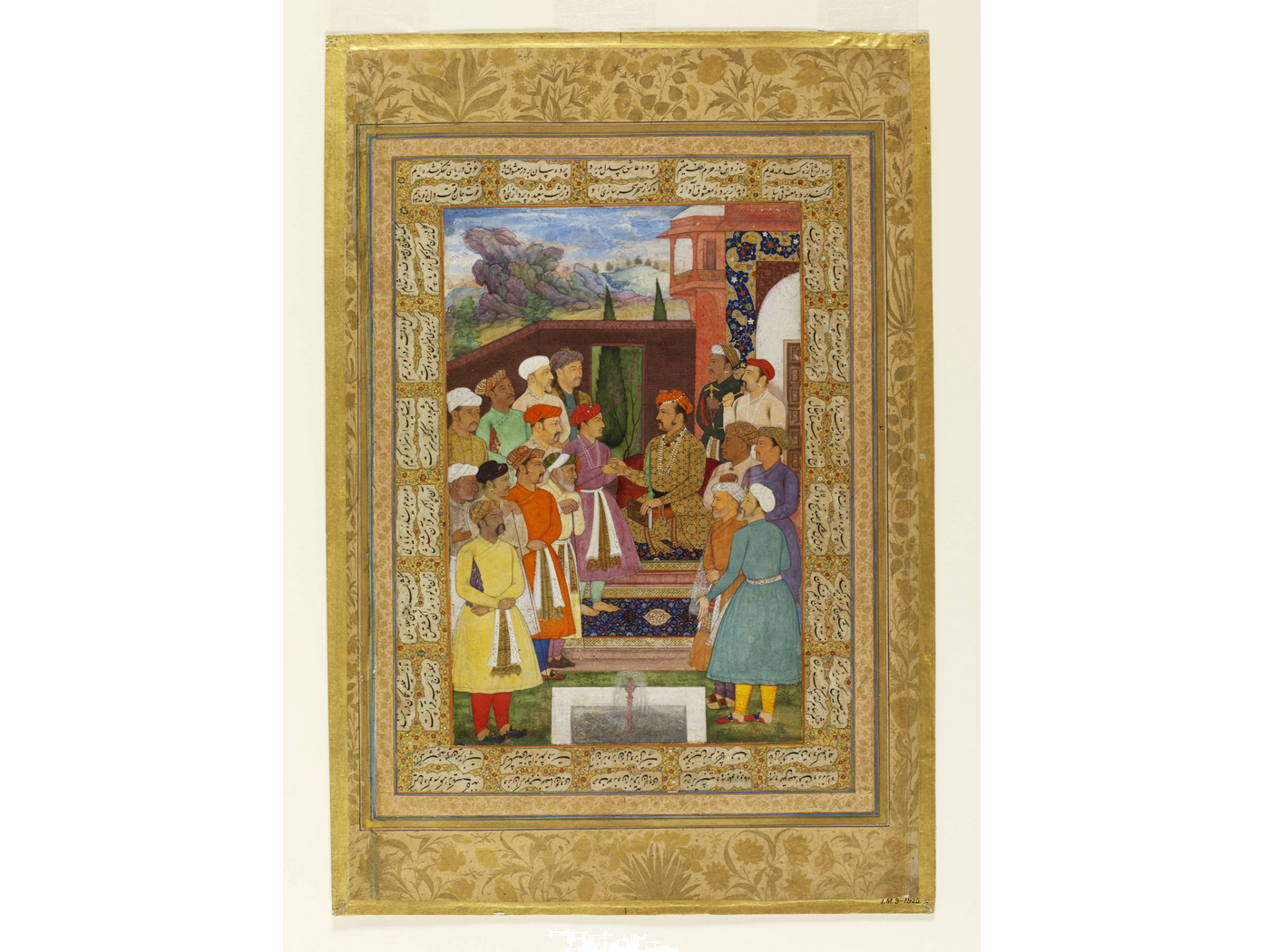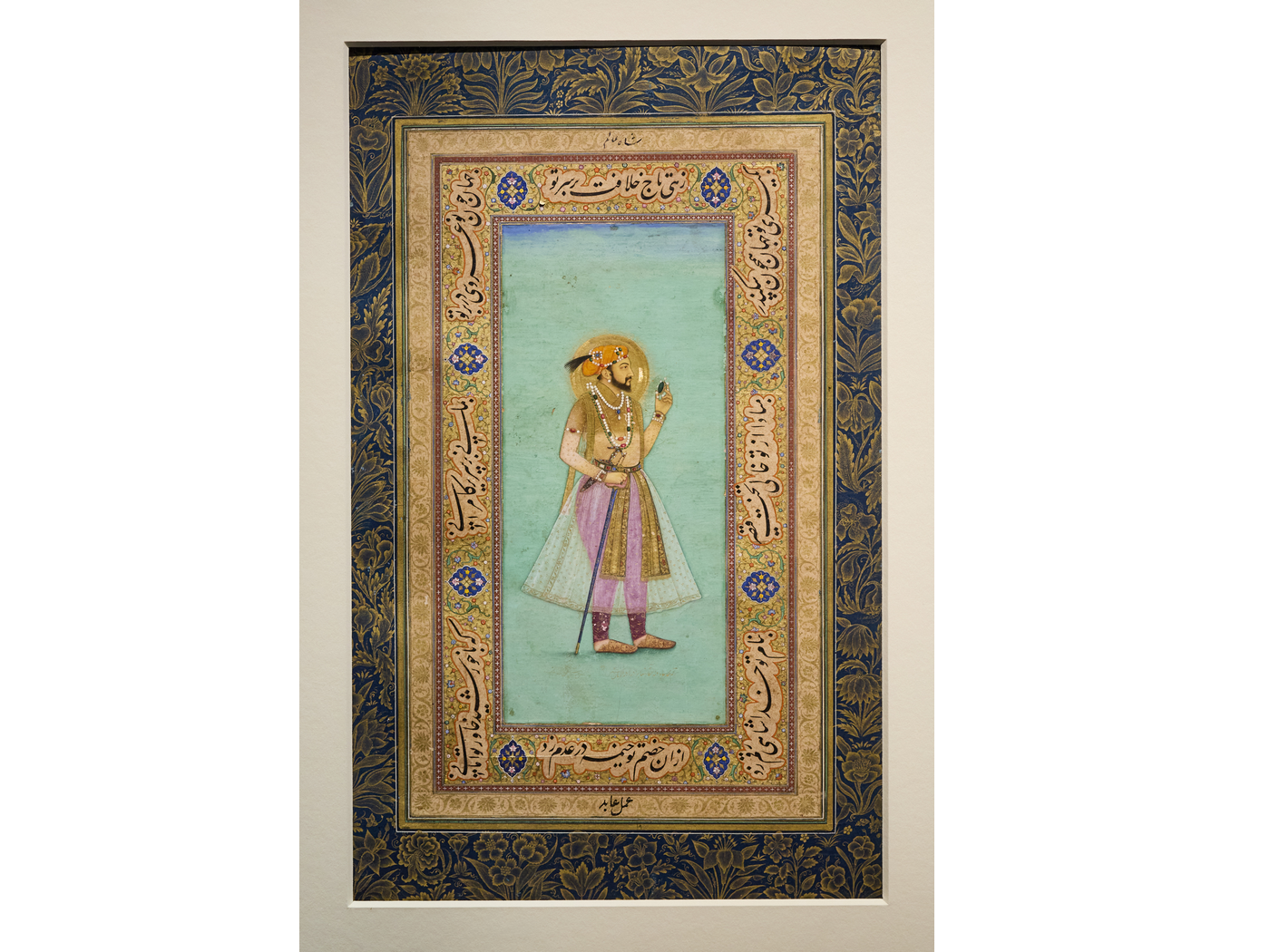Between the 1560s and the 1660s, the Mughal dynasty (1526–1857) in South Asia experienced its “golden age” as one of the world’s most powerful imperial families at the time. This century witnessed the reigns of three remarkable emperors: Akbar (r. 1556–1605), his son Jahangir (r. 1605–1627), and his grandson Shah Jahan (r. 1628–1658). This exhibition celebrates the extraordinary artistic achievements of the Mughal dynasty, focusing on the roles of the three emperors in shaping and developing the rich and diverse artistic traditions of the court, where cultural elements from South Asia, China, Iran, Europe, and beyond converged.
The Mughals were a Muslim, Persian-speaking dynasty. Their first emperor, Babur (r. 1526–1530), was descended from both Amir Timur (r. 1370–1405), the Central Asian conqueror, and Genghis Khan (r. 1206–1227), the founder of the Mongol dynasties. Babur’s dynasty became known as “Mughal”, the Persian for “Mongol”.
This exhibition is jointly organised by the V&A and the Hong Kong Palace Museum, and is solely sponsored by The Hong Kong Jockey Club Charities Trust. Approximately 100 spectacular loans from the V&A Collection, supported by loans from Kuwait, UK, and other international collections, range from paintings to jewellery, architectural fragments, weaponry, textiles, and ceramics. The Hong Kong Palace Museum, the Chris Hall Collection at the Hong Kong Palace Museum, and the Collection of Mengdiexuan also provide important loans.
Discover and get involved with a series of learning programmes here!
Trailer
Jointly organised by:
Solely sponsored by:

Disclaimer: None of The Hong Kong Jockey Club Charities Trust, The Hong Kong Jockey Club, their respective affiliates or any other person involved in or related to the compilation of the contents herein (collectively, “the HKJC Parties”) makes any express or implied warranties or representations with respect to the accuracy, timeliness or completeness of the contents or as to the results that may be obtained by the use thereof. In no event shall any HKJC Party have any liability of any kind to any person or entity arising from or related to any actions taken or not taken as a result of any of the contents herein.









